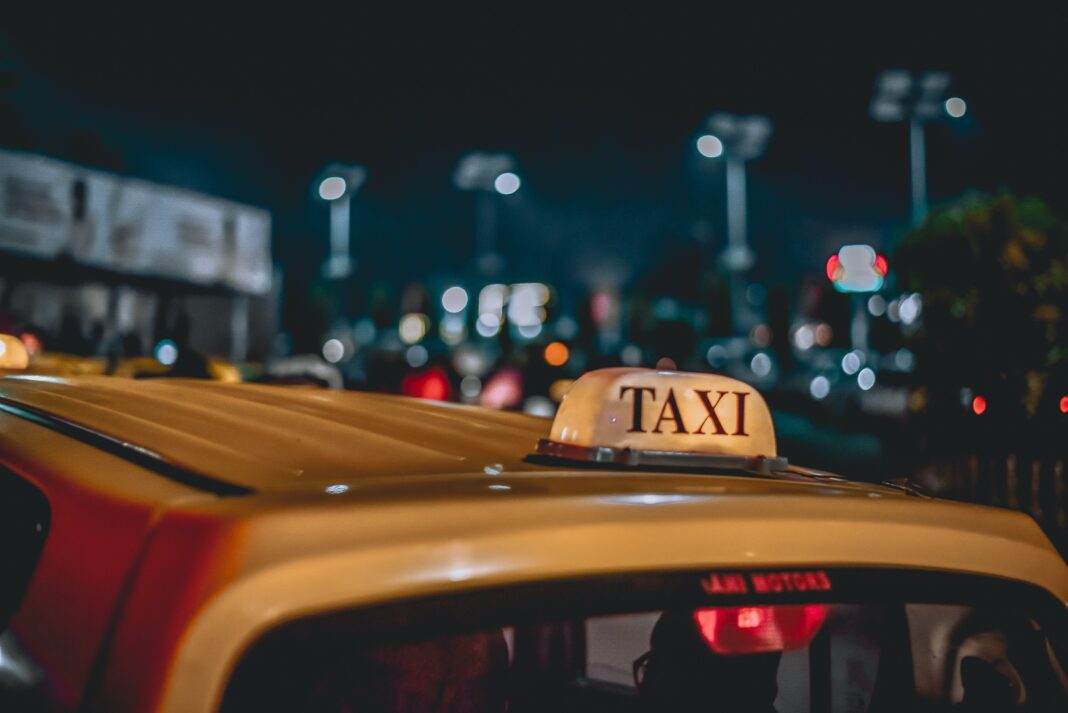SAN FRANCISCO—Waymo, the autonomous driving unit of Alphabet, Google’s parent company, said on Wednesday, February 23 that they would begin testing its driverless ride-hailing service on the streets of San Francisco.
The first ride-hailing tests will be first tested on Waymo employees in order to gain feedback before expanding to other riders. Waymo also spent time surveying nearly 1,000 San Francisco residents to understand their transportation needs. Some of the biggest challenges around the Bay Area are dangerous drivers, parking, and stressful commutes. Nearly a quarter of them said they did not feel safe on SF roads.
Waymo improved its technology, which will be used for tackling the city’s topographical variety. The local geography of Phoenix is fairly uniform, whereas San Francisco has a different geography.
San Francisco has rapid elevation changes, quirky streets, highways, bike lanes, trams, and a lot of pedestrians. With San Francisco’s various geography, Waymo improved its technology. According to its website, “The Waymo Driver’s sensors and software scan constantly for objects around the vehicle—pedestrians, cyclists, vehicles, road work, obstructions—and continuously read traffic controls, from traffic light color and railroad crossing gates to temporary stop signs. The Waymo Driver can see up to three football fields away in every direction.”
The Waymo car has driven 20 billion simulated miles and 20 million street miles across 25 cities since the program inception. There have only been 21 times when the human safety driver had to take the wheel to avoid a mishap.
Waymo improved their lidar computer vision, which uses lasers to detect its surroundings. The Honeycomb Lidar has a 95 degrees vertical field of view compared to other sensors, which only have a 30 degrees field of view, as indicated on the company’s website. Google began development of the technology in 2009 in the confines of its secretive X lab.







